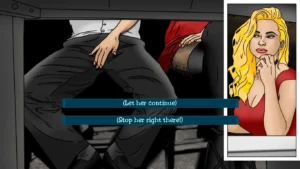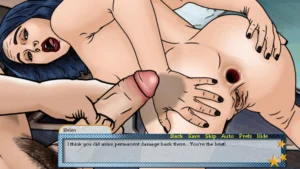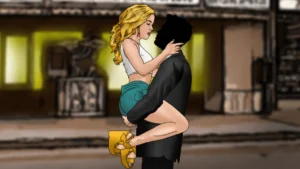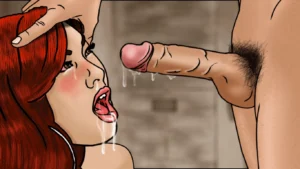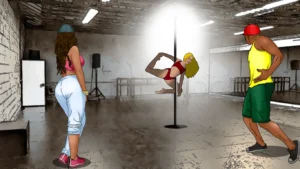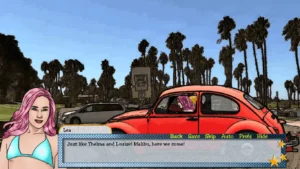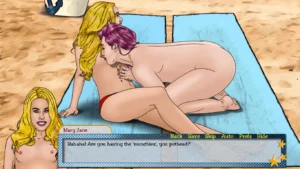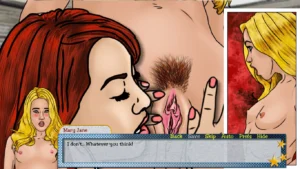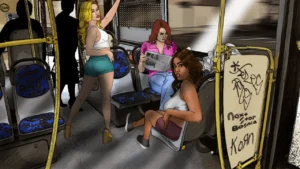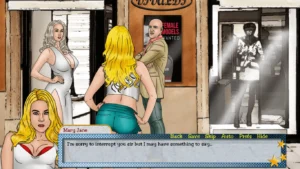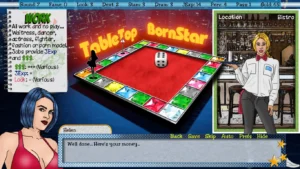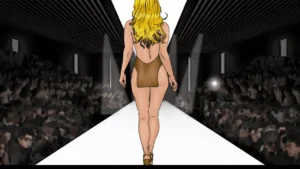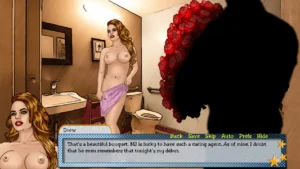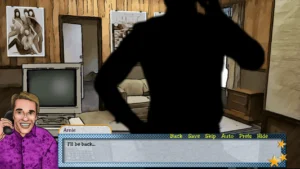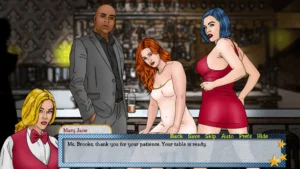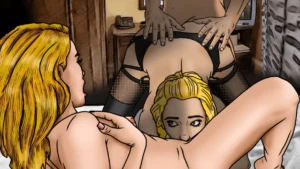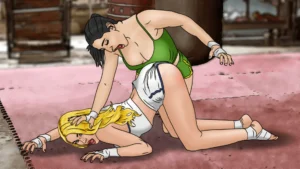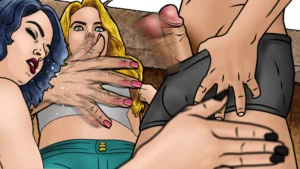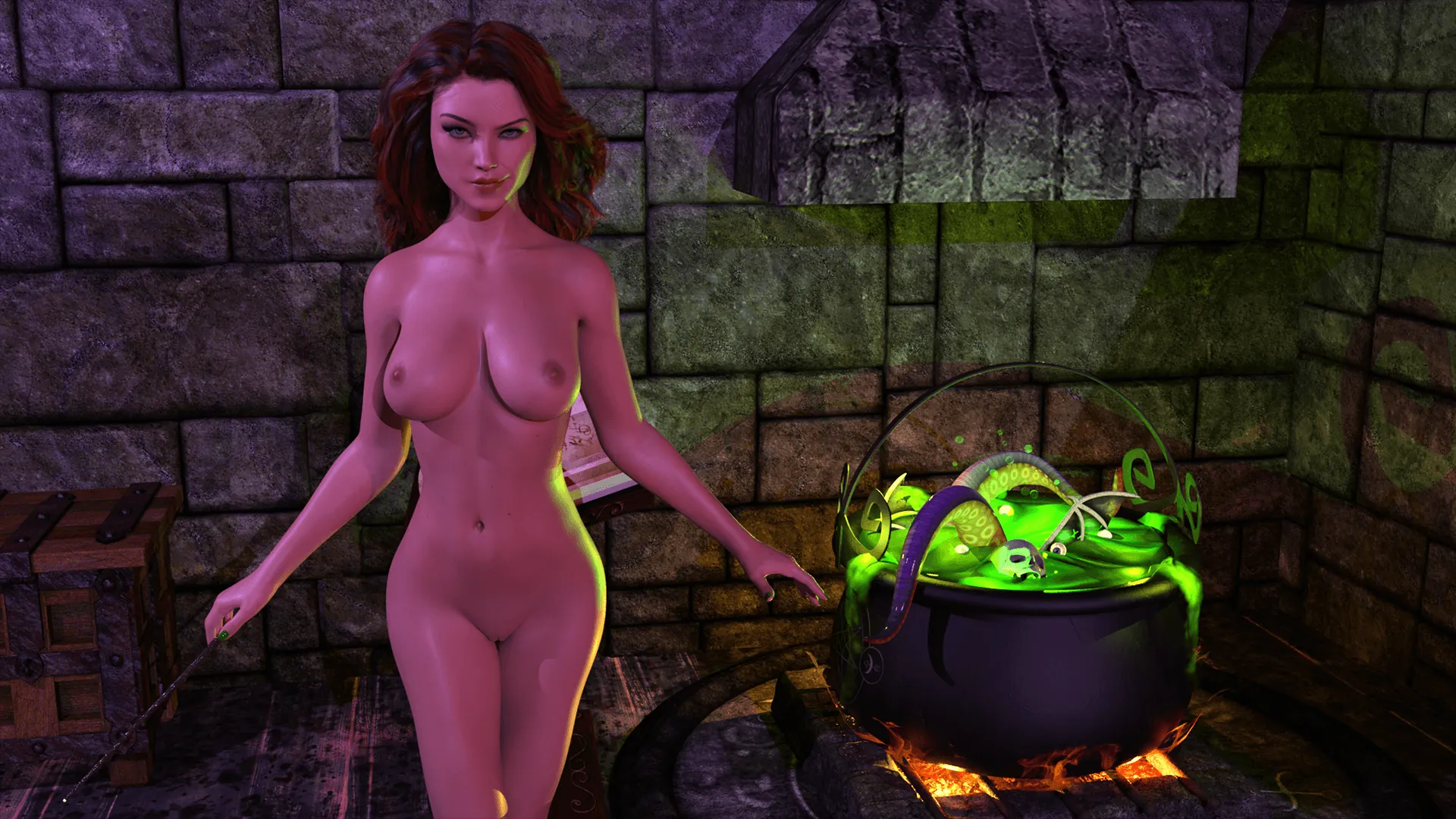
TableTop BornStar
Play TableTop BornStar
TableTop BornStar review
Explore the immersive tabletop mechanics and Hollywood drama of TableTop BornStar
TableTop BornStar offers a distinctive blend of adult visual novel storytelling and tabletop gameplay set against the glamorous yet dark backdrop of 1999 Hollywood. This game invites players to navigate a complex world of ambition, corruption, and strategic choices through dice and card mechanics. Whether you’re drawn by its captivating narrative or the innovative gameplay, TableTop BornStar delivers an engaging experience that challenges your decision-making skills while immersing you in a provocative story.
Understanding TableTop BornStar’s Gameplay and Mechanics
How Does the Tabletop System Work?
Let me paint you a picture. You’re not just clicking through dialogue options; you’re sitting at a virtual table, your fate literally in your hands. 🎲 That’s the core magic of TableTop BornStar gameplay. It takes the intimate, character-driven world of a visual novel and layers it with the tangible, tactical feel of a physical board game. I remember my first session, expecting a passive experience, and was completely blown away when I had to physically “play” my way through a high-stakes confrontation. It’s this fusion that makes it a standout visual novel tabletop game.
The system is built on a foundation of scenes and actions. Think of each story beat as a scene in a play. But instead of just watching, you have a hand of cards and a set of dice that represent your character’s current emotional and physical state. Want to charm your way past a bodyguard? That’s a Social action. Need to smash a door down? That’s a Physical action. The game brilliantly translates narrative moments into gameplay challenges. Your success isn’t just determined by a hidden stat; it’s determined by your skill in using the tools the game gives you. This direct link is the heart of TableTop BornStar story integration, making you an active participant in the drama.
This approach creates a fantastic rhythm. You’ll have moments of intense, dialogue-heavy storytelling that suddenly pivot to a tense mini-game where you must use your resources wisely. The game pacing TableTop BornStar achieves feels organic—it’s like the lulls and climaxes of a great TV show, but you’re in the director’s chair. It’s not just about what happens next; it’s about how you make it happen.
Dice and Card Elements Explained
Alright, let’s get into the nuts and bolts—the toys you get to play with! 🧩 The dice mechanics in TableTop BornStar and the card gameplay TableTop BornStar offers are what separate it from any other game in the genre. They aren’t just for show; they are the engine of your agency.
First, the dice. You don’t just roll for a simple pass/fail. You have a pool of multi-sided dice (d6, d8, d10, etc.) that represent the intensity of your attempt. Let’s say you’re trying to sweet-talk a potential informant. You might commit a d8 to the action. The higher the die type, the more potent a success can be, but it also represents a greater emotional investment from your character. Rolling high might get you the information with a bonus, while rolling low could succeed but at a cost, like damaging your reputation. It’s a brilliant risk-reward system.
Now, the cards. ✨ These are your character’s talents, relationships, and items. You draw a hand each “session,” and these cards can be played to modify your dice rolls, create new narrative opportunities, or even block complications. I once had a “Leverage” card that I saved for three chapters. When I finally played it to blackmail a rival, it felt incredibly satisfying because it was a strategic resource I had managed, not just a story flag I triggered.
The real genius is how these two systems talk to each other. You might use a “Focused” card to add a +2 to your dice roll, or a “Connections” card to completely change the type of action required, turning a difficult Physical challenge into an easier Social one. This interplay is where you find the deepest strategic choices in TableTop BornStar.
Here’s a quick breakdown of how these elements commonly interact:
| Game Element | Primary Function | Impact on Narrative |
|---|---|---|
| Dice Pool (d6, d8, d10) | Determines success level and potential consequences of an action. | A low roll might succeed but create a new problem; a high roll can unlock bonus scenes. |
| Action Cards (e.g., “Charm”, “Investigate”) | Defines the type of action you can attempt and provides base modifiers. | Playing a “Threaten” card instead of “Reason” will lead to a completely different branch of dialogue and character reaction. |
| Resource Cards (e.g., “Favor”, “Evidence”) | One-time use bonuses or narrative “get out of jail free” cards. | Can automatically succeed at a check, avoid a negative consequence, or reveal hidden story information. |
| Status Cards (e.g., “Injured”, “Inspired”) | Ongoing effects that modify your dice pool or options. | An “Injured” status might reduce all Physical dice by one type, forcing you to find clever workarounds. |
Integrating Story with Gameplay
This is where TableTop BornStar truly shines and earns its title as a pioneering visual novel tabletop game. The story and mechanics aren’t just friends; they’re inseparable twins. 🎭 Every roll of the dice, every card you play, has direct and meaningful consequences on the narrative trajectory.
The strategic choices in TableTop BornStar are never just “do I hit the guy or talk to him?” It’s deeper. It’s “I have a d10 in Physical and a ‘Vendetta’ card that gives me advantage against this character, but using it will cement my character’s path toward revenge, potentially alienating my ally.” I faced this exact choice, and opting for the violent route fundamentally changed my relationships for the rest of the game. The TableTop BornStar gameplay system makes you feel the weight of your decisions because you’re not just selecting them from a menu—you’re investing your character’s resources into them.
This leads to an incredibly dynamic game pacing TableTop BornStar developers have crafted. One moment you’re in a slow-burn, card-driven negotiation scene, carefully building your hand. The next, a plot twist triggers a sequence of rapid-fire dice rolls as you scramble to react. It mimics the ebb and flow of a Hollywood thriller, and because you’re actively participating in the mechanics, the emotional highs and lows are significantly amplified.
It’s important to note that this ambitious fusion is still a work in progress. 🛠️ Some players have noted that the learning curve can be steep, as you need to internalize both a branching narrative and a tactical resource system. Occasionally, the transition from a complex dice challenge back into pure visual novel exposition can feel slightly jarring, reminding you that you’re playing a game. However, these are minor points in an otherwise groundbreaking TableTop BornStar story integration. The team is actively refining this based on player feedback, and even in its current state, the experience is overwhelmingly positive and unique.
Ultimately, understanding the TableTop BornStar gameplay is understanding that you are both an author and a gambler. You craft the story through your strategic choices, using the dice mechanics in TableTop BornStar to determine the dramatic tension and the card gameplay TableTop BornStar provides to add your own unique flair. It’s a powerful, engaging, and utterly memorable way to experience an interactive story.
TableTop BornStar stands out by combining immersive storytelling with innovative tabletop gameplay. Its unique dice and card mechanics enrich the narrative experience, offering players meaningful choices in a morally complex Hollywood setting. While some aspects remain under development, the game’s engaging characters and strategic depth make it a compelling journey. For those seeking a fresh adult visual novel with a tabletop twist, TableTop BornStar is worth exploring. Dive in and see where your decisions lead you.


